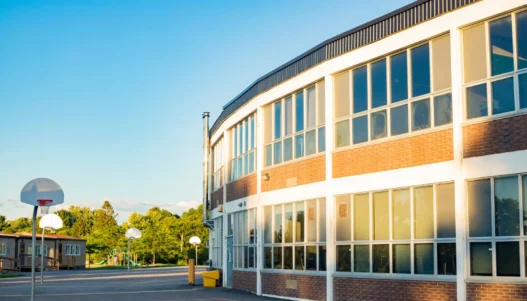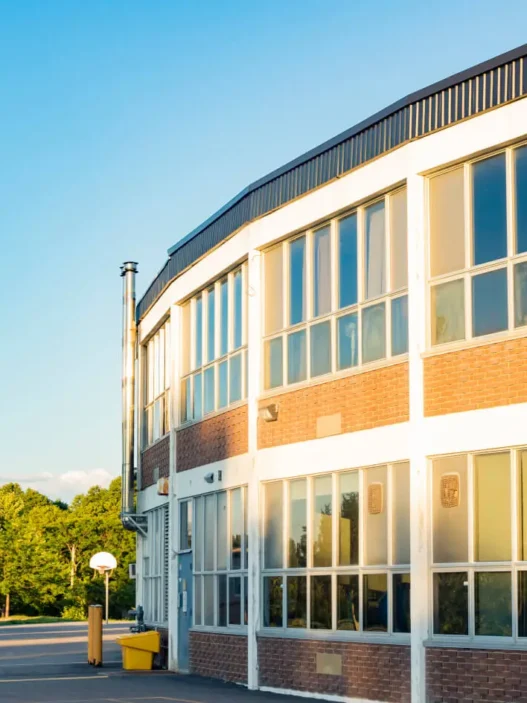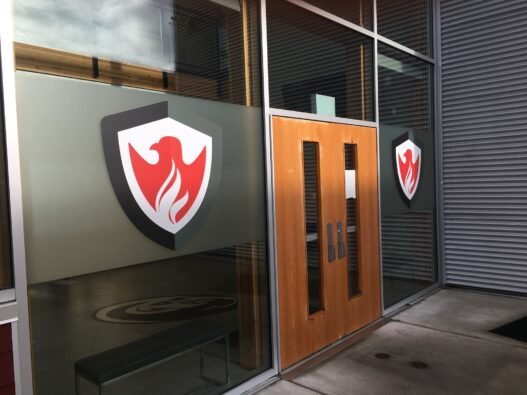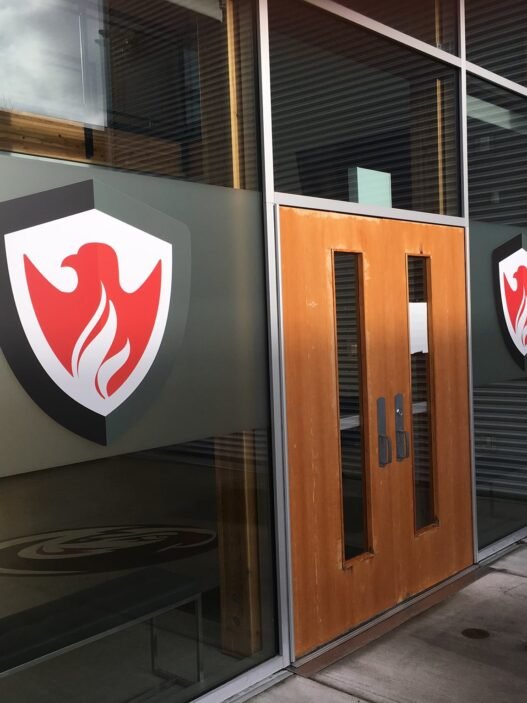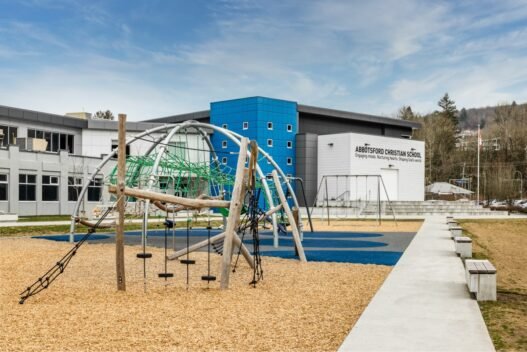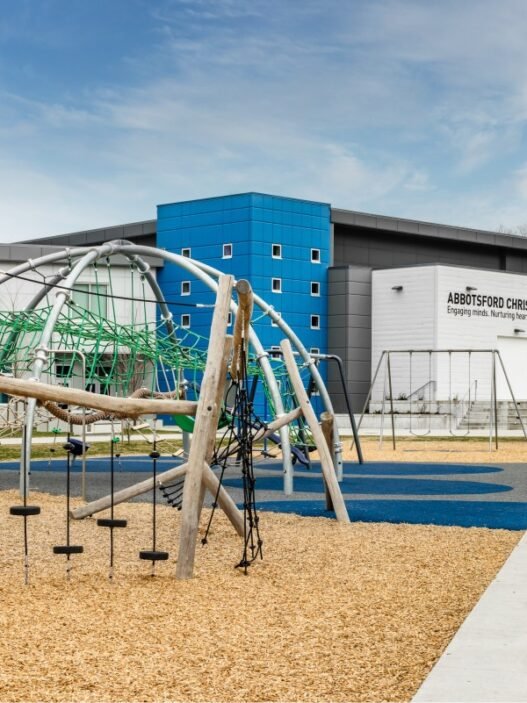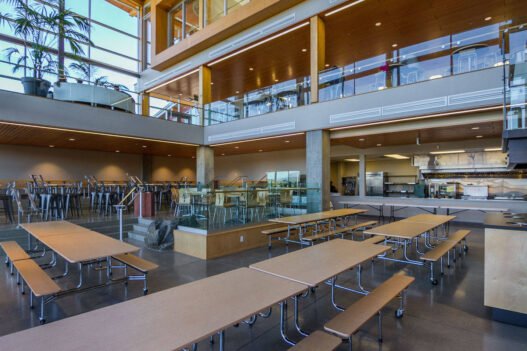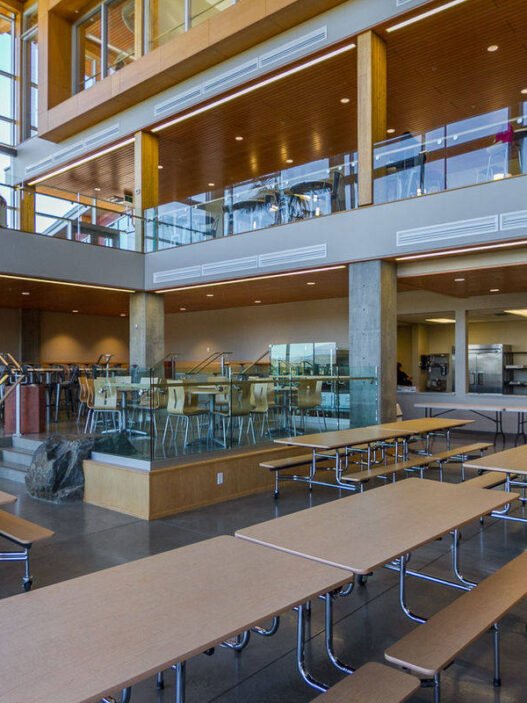Surrey, British Columbia’s second-largest city and the fastest-growing municipality in Western Canada, offers a uniquely dynamic setting for elementary education. Unlike more historically settled cities like Vancouver or Victoria, Surrey continues to expand rapidly—both in population and built form. Entire new neighbourhoods have emerged in the past decade, transforming former farmland into dense subdivisions, while cultural demographics have shifted sharply with successive waves of immigration.
Today, nearly 60% of Surrey residents identify as visible minorities, with Punjabi, Chinese, Filipino, and South Korean communities forming the largest groups. Many households are multi-generational, and for a significant portion of families, English is not the first language spoken at home. Amid such complexity, the city’s elementary schools—both public and independent—face immense challenges. Yet each year, several schools consistently deliver strong academic outcomes, particularly in literacy and numeracy.
The Fraser Institute’s 2024 Report Card on British Columbia’s Elementary Schools, drawing from Foundation Skills Assessment (FSA) results in Grades 4 and 7, offers a lens through which to analyze which schools are excelling, and more importantly, why. In Surrey, the top-performing institutions tend to be independent schools—many with strong religious identities—and public schools located in socio-economically stable catchments with high parental involvement.
Top 20 Elementary Schools in Surrey
1. Khalsa School – Newton Campus
This Sikh independent school earned a perfect 10.0, and its performance underscores a central truth in Surrey: cultural alignment, not affluence, is often the more decisive driver of academic excellence. Many families attending Khalsa Newton are from lower- to middle-income backgrounds, often with parents working in transportation, logistics, or trades. What these households share is a deep respect for education, moral discipline, and community traditions. The school imposes a structured learning environment, with religious instruction anchoring the day. Homework routines, extended family oversight, and communal values reinforce educational expectations both inside and outside the classroom.
2. Khalsa School – Old Yale Road
Also posting a perfect 10.0, the Old Yale Road campus reinforces the replicable success of faith-based, culturally homogenous schools. Located closer to Surrey’s Whalley corridor, this campus likely serves families managing tighter economic margins. Despite these constraints, the school produces top-tier academic results, suggesting that consistency in values, clear behaviour expectations, and a strong home-school partnership can outpace more resource-rich environments.
3. Diamond/Crescent Heights Campus
With a 10.0 score and a five-year average of 9.9, this campus of the Diamond School system signals sustained excellence. The school likely serves families who have moved to Surrey from other parts of the Lower Mainland, often in search of more space and better affordability. These families tend to have higher levels of post-secondary education and include many who work in technology, health care, or finance. The emphasis here is not just on grades but on competitive performance—parents are deeply involved in enrichment activities such as tutoring, music, and Kumon-style math programs, which supplement the formal curriculum.
4. Fraser Valley Elementary – Crescent Heights Campus
A perfect 10.0 score for Fraser Valley’s Crescent Heights campus reflects a rising trend among boutique independent schools in the region. Located in a relatively affluent area of South Surrey, this school serves families with both the financial means and cultural capital to fully support their children’s education. Many parents here are dual-income professionals—engineers, software developers, consultants—who are drawn to the school’s promise of small class sizes, enriched learning paths, and values-based education without a specific religious affiliation. Its results suggest a careful balance of academic pressure and emotional support.
5. Southridge School
Southridge’s 9.9 score, with an equally high five-year average, is no surprise to those familiar with the school’s track record. Situated in upscale South Surrey, the school caters to the children of physicians, business owners, and expatriates. It offers a globally oriented curriculum with a strong emphasis on leadership, service, and ethical citizenship. Southridge benefits from extensive infrastructure, a seasoned faculty, and a parent community capable of funding additional support programs. Academic excellence here is reinforced by a culture of mentorship, goal-setting, and access to high-quality extracurricular offerings.
6. Star of the Sea Catholic School
This Catholic independent school in White Rock scored 8.9 in 2024 and continues to rank among the province’s best. It primarily serves middle- to upper-middle-class families, many of whom are second- or third-generation Canadians with strong ties to the Catholic faith. The school fosters a highly structured environment that emphasizes personal accountability, early literacy, and spiritual growth. Parental engagement is high—not just in fundraising, but in academic oversight and behavioural reinforcement. Homework help, reading at home, and weekend math practice are all routine.
7. White Rock Christian Academy
Also scoring 8.9, White Rock Christian serves families who place a premium on faith-based learning coupled with strong academic expectations. The school is popular with both immigrant and long-established Christian families, especially those who prioritize biblical education in tandem with modern instructional practices. Parents are often professionals or small business owners who choose the school for its moral consistency and academic focus. The school promotes character formation alongside skill acquisition, fostering a disciplined student body with high aspirations.
8. Cloverdale Catholic School
Posting a score of 8.6, Cloverdale Catholic exemplifies the power of tightly knit school communities. Many of its families are Filipino or South Asian immigrants who view education as a pathway to upward mobility. Though the school charges tuition, it remains affordable relative to other private options, enabling access to a broad cross-section of the middle class. The school benefits from stable leadership and a curriculum that emphasizes foundational skills, behaviour management, and Catholic social teachings.
9. Regent Christian Academy
At 8.4, this Evangelical Christian school serves a diverse population drawn from across Surrey. The school’s performance is likely rooted in clear behavioural expectations, structured pedagogy, and an intentional community ethic that links families and faculty. Regent attracts families who may not be affluent but who are deeply committed to education and faith. The emphasis on moral clarity and personal responsibility supports a learning environment where students are expected to stay on task, respect authority, and value academic achievement.
10. G.A.D. Elementary School
G.A.D., or Guru Angad Dev Elementary, posted a score of 8.0 in 2024. This Sikh independent school sits in the heart of East Newton and primarily serves families from working-class backgrounds—truck drivers, small business owners, and service workers. Despite financial limitations, parents place tremendous value on education, often coordinating study schedules, tutoring sessions, and religious lessons at the gurdwara. The school’s high performance is a testament to how communal identity and structured routines can compensate for lower household income.
11. Pacific Academy
With a five-year average of 8.2 and a current score of 7.9, Pacific Academy is a Christian private school with significant institutional resources. Located near Fraser Heights, it draws from affluent and upwardly mobile families who value a rigorous academic program blended with religious instruction.
12. Sikh Academy
Posting a score of 7.5, Sikh Academy continues the trend of high performance among culturally aligned schools. Families here are often entrepreneurial, many running small businesses or working in trades, yet deeply committed to educational achievement and faith-based identity.
11. Pacific Academy
Although technically independent, Pacific Academy bridges the gap between private and public mindsets. With a five-year average of 8.2 and a 2024 score of 7.9, this Christian school is academically rigorous and socially diverse. It serves a broad mix of middle- and upper-middle-class families and has one of the most diverse student populations among independent schools. Parents are typically college-educated, and the school emphasizes STEM and humanities enrichment within a moral framework.
12. Sikh Academy
Sikh Academy scored 7.5 in 2024, maintaining its place among Surrey’s top performers. Its success mirrors the broader trend among religious independent schools—discipline, community support, and high parental aspirations converge to produce consistent results. Its modest tuition makes it accessible to working families, many of whom view the school as a cultural anchor as well as an academic institution.
13. Laronde Elementary School
A French immersion public school in South Surrey, Laronde scored 7.5. The school serves families with higher-than-average education levels, including bilingual and multilingual households. Students benefit from a home environment rich in language exposure, as well as parental involvement in academic planning. The school likely attracts parents working in education, public service, and professional sectors.
14. Walnut Road Elementary School
Walnut Road, also scoring 7.5, is located in the well-established Fleetwood neighbourhood. Families here are often middle-income homeowners with stable employment in the trades, public sector, or private businesses. The school’s performance likely stems from strong classroom management, a focus on foundational skills, and responsive special education programming.
15. Bayridge Elementary School
Bayridge scored 7.2 and continues to perform above the provincial average. Located in a quieter section of South Surrey, it draws from stable, professional households. Parents tend to be highly engaged, and the school appears to emphasize literacy instruction, regular assessment, and early intervention strategies for at-risk students.
16. Chantrell Creek Elementary School
Chantrell Creek posted a score of 6.9. While situated in one of Surrey’s most affluent areas, its ranking reflects some of the challenges posed by demographic change and increased housing density. Families are largely well-educated, but English may not be the first language for many students. Even so, the school maintains high expectations and a reputation for academic support services.
17. Rosemary Heights Elementary School
Also scoring 6.6, Rosemary Heights serves a fast-growing area of South Surrey with a mix of new homeowners and immigrant families. Many parents work in tech, retail management, or healthcare. The school likely benefits from active PAC (Parent Advisory Council) involvement, as well as targeted supports for English Language Learners.
18. Cougar Creek Elementary School
With a score of 6.1, Cougar Creek sits in the Newton area and educates students from economically and linguistically diverse backgrounds. Despite these complexities, the school appears to leverage strong leadership and intervention programs to keep academic performance steady. Community outreach and parental workshops may also play a role in supporting student success.
19. Chimney Hill Elementary School
Scoring 5.2, Chimney Hill is reflective of the realities faced by many urban public schools. The school serves students from a wide range of linguistic and economic backgrounds, many of whom face learning challenges. Its sustained academic performance, however, suggests the success of targeted literacy strategies and well-trained support staff.
20. William Cook Elementary School
With a score of 5.8, Cook Elementary is not in Surrey’s academic elite but holds its own in a challenging educational climate. The school likely serves a transient population in areas of rental housing and high residential turnover. Its results imply strong scaffolding in early literacy, focused teaching practices, and a commitment to inclusive learning.
Conclusion
Surrey’s top-performing elementary schools reflect a broader pattern in British Columbia: educational excellence stems not just from resources, but from alignment—between home and school, culture and curriculum, values and expectations. Whether it’s a Sikh academy in Newton or a private Christian school in South Surrey, the ingredients of success are remarkably consistent: clear structure, strong leadership, disciplined classrooms, and active families.
In public schools, where demographic change and resource constraints create daily challenges, success depends on early intervention, teacher resilience, and localized community engagement. Across the city, whether in the halls of elite independents or the classrooms of hardworking public schools, one truth is clear: Surrey’s future will be shaped by the children who learn here, and the schools that teach them.








